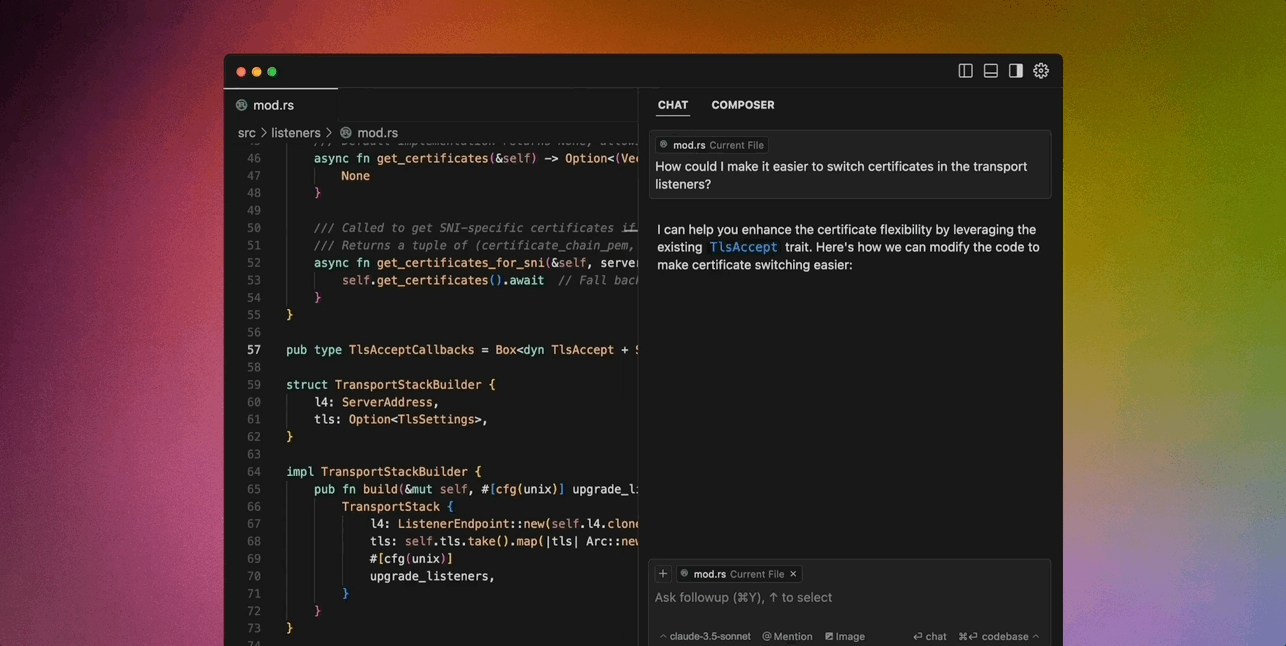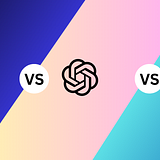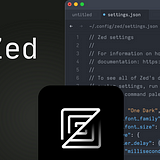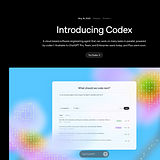Should You Vibe Code Your Next MVP And Tools To Use
Things only senior developers or architects can explain

ARTIFICIAL INTELLIGENCE

Before we get philosophical, let’s define it.
Vibe coding is the act of building software, especially early MVPs, without rigid specs, planning, or sometimes even a complete feature list. You follow the flow. You open the editor and build what feels right.
It’s intuition-led development. You aren’t waiting for Jira tickets to populate. You’re letting your creative mind build, pivot, and shape something rapidly.
When Vibe Coding Works (Surprisingly Well)
There’s a sweet spot where vibe coding shines. Here’s when it’s not just fun, but useful:
- Idea validation: You’re testing the waters. You want something to show, to feel, to click around in. Not a polished product — just a breathing sketch.
- Solo or tight teams: When communication overhead is zero, vibe coding accelerates you from zero to something.
- You’re your own user: If you’re building for yourself, you know what “feels” right. You don’t need user interviews — you are the user.
- You’re still discovering what you’re building: Sometimes the best ideas emerge after you start coding. That hidden feature, that accidental UX, born purely from tinkering.
The Hidden Risks of Vibe Coding
And yet — this isn’t a love letter. Vibe coding can betray you if you’re not careful.
- Scalability suffers: What works during that midnight coding sprint might collapse under scale or complexity.
- Team onboarding is hell: If someone else joins your project, good luck explaining why there’s a global state called vibeController.
- Testing? Maybe later. Or never. Vibe-coded projects often lack tests, making refactors risky and rollouts scary.
- Tech debt accumulates silently: It feels fast. But behind the scenes, you’re often trading long-term maintainability for short-term joy.
Striking a Balance: Vibe + Structure
Here’s the hybrid I’ve grown to love:
1. Start with vibes, stabilise with structure. The first 2–3 days? Go wild. But once the idea shows potential, slow down and organise.
2. Retrofit discipline. Add types. Add tests. Extract widgets or functions. Refactor like someone else will use it (because future-you will).
3. Build a README while vibing. Even a rough log helps tame chaos later.
4. Use tools that scale with your flow. In my world: Cursor AI + GitHub Copilot for exploratory dev, BLoC + Riverpod for structured work.
And I cannot stress enough on code reviews. Get your code reviewed yesterday. And build upon that.
So, Should You?
Ask yourself these questions:
- Is your goal to experiment or to ship?
- Are you building alone or on a team?
- Is this a weekend hack or a future business?
If the answer leans toward experimentation and speed, go ahead. Open the editor. Don’t overthink. Let your fingers and intuition dance on the keyboard.
But if you’re building the next big thing, pause. Draw a rough plan. Lay a foundation. Your future self will thank you.
Tools I prefer, and come to love
Every vibe coder ends up assembling their little lab setup. Here’s mine — intentionally lightweight, but powerful enough to grow with the project.
Idea Capturing
- Craft — For dumping features, user stories, and all the “maybe someday” things.
- Apple Notes — For quick thoughts I have while walking or mid-coffee sip. Low friction, no hierarchy.
Dev Stack
- Flutter + Dart — Write once, scale on Android, iOS, and web. Vibe-friendly, especially with hot reload.
- Firebase — Realtime database, Auth, and Analytics. I don’t want to spin up infrastructure just to test an idea.
- Supabase — When I need something more SQL-based, with just enough structure to scale without pain.
Dev Tools
- Zed — Minimal context switching. Keyboard-first, fast, and surprisingly thoughtful for async pairing.
- Cursor AI — The editor you need to use. Try it and fall in love.
- Postman or Hoppscotch — For quickly testing APIs before wiring them into the UI.
Testing and Feedback
- TestFlight / Firebase App Distribution — Get your app to your test users so that they can try it out and give you reviews fast.
Analytics and Iteration
- Firebase Analytics — I usually track 3–5 events max. Enough to learn what’s working, not enough to drown in dashboards.
- Mixpanel — If the MVP gains traction and retention becomes a real metric, I will move here for deeper funnels.
Cursor is here to stay. And if you liked reading this, you might want to check out:



